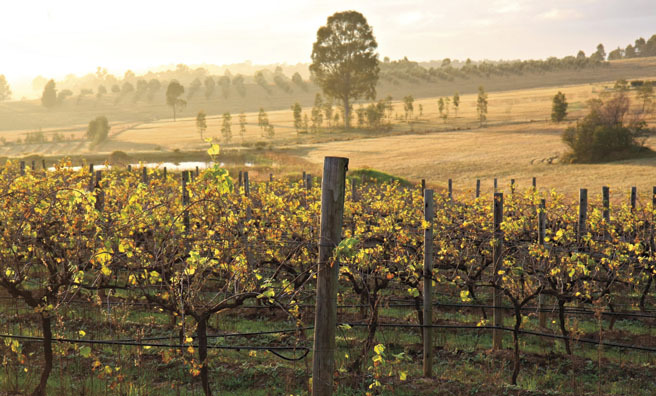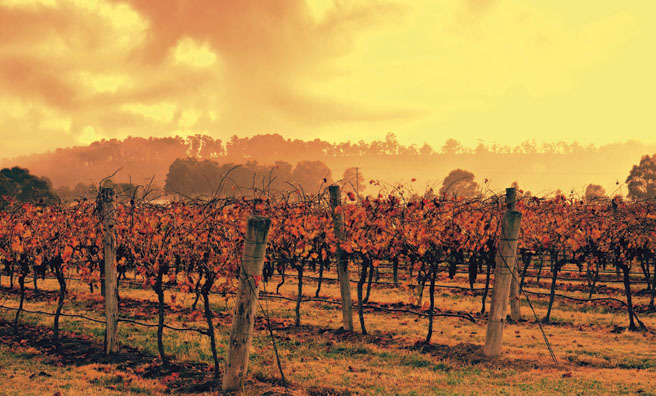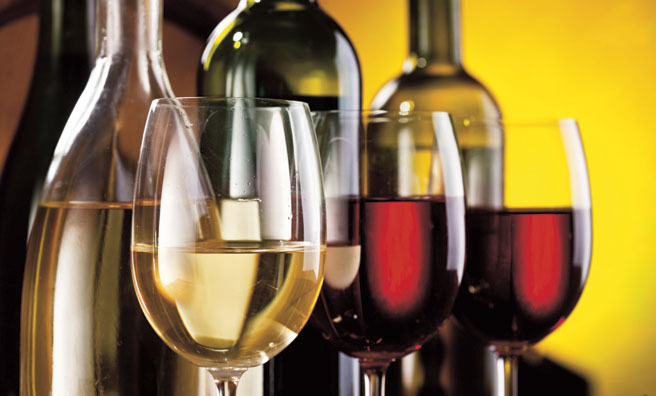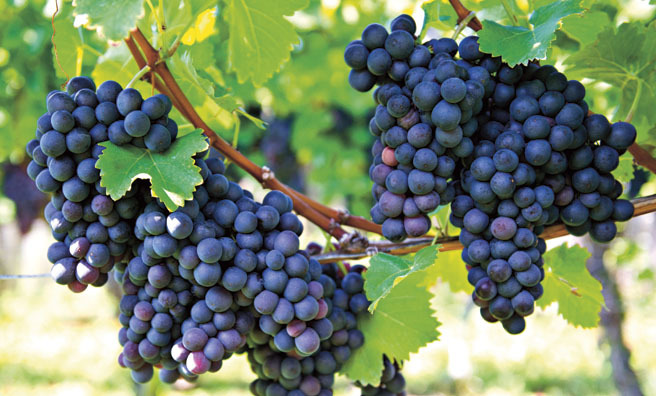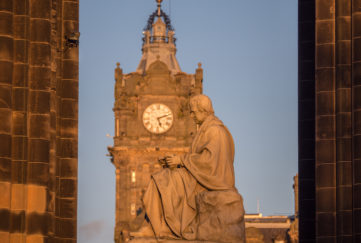Scottish Wine Wizard of Oz
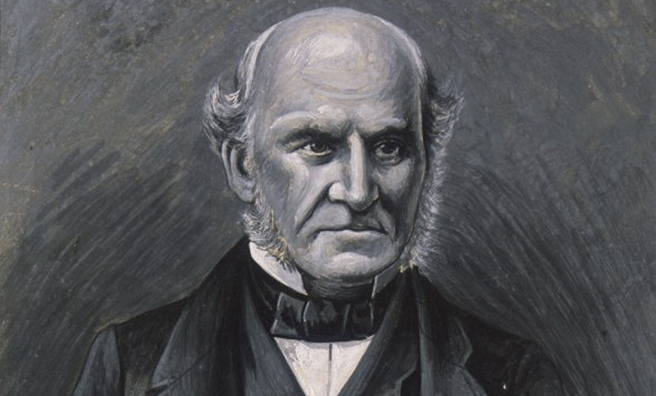
Australians are serious about their wine.
Scots are pretty serious about Australian wine too, but as we’re warming a winter night with a Margaret River Merlot or enjoying a glass of cooling Barossa Valley Chardonnay in summer, few of us will know that the man regarded as the father of Australian wine was Scottish.
Today, James Busby Fine Wines battles among many other labels for pride of place in Australia’s wine racks. Supermarkets are the main source of Australian’s favourite tipple just as they are in the UK. So much so that the biggest retailers have many of their own private label brands. The two main supermarket groups, Coles and Woolworths, control more than three-quarters of the wine market and independent makers are feeling the squeeze.
The man behind the label was a visionary who toured the world in pursuit of the grape
James Busby Fine Wines now belongs to Coles, and is very much part of the modern wine-making – and wine-drinking – establishment but the man behind the label was the country’s great wine pioneer, a visionary who toured the world in pursuit of the grape and, you won’t be surprised to learn, a Scot.
James Busby was born in Edinburgh in 1801. His father, a surveyor and civil engineer, was asked to move to Australia in 1824 in order to examine the country’s coal resources and have a hand in constructing a water supply system for the growing population of Sydney.
James was just 23 at the time, but the young man had already spent considerable time in France studying viticulture. He saw opportunities for using his knowledge in the new world and joined his parents on the lengthy sea voyage from Leith.
Scotland’s love of wine was already well-established. The Auld Alliance was more than a military relationship. It also allowed Scotland to enjoy the luscious fruits of French vineyards, when it arrived at the Wine Quay in Leith. Of course, the less affluent would still drink beer on a day-to-day basis, but even they may have had a decent red for special occasions. The love of French Claret, if not its Roman Catholic faith, continued after the Reformation, when Scotland became Protestant.
Young Busby would have been familiar with a drop of the good stuff
So the young Busby would have been familiar with a drop of the good stuff before heading off to study the vines and how the grape was grown.
In Australia, he took up 2000 acres of land at the Hunter River in New South Wales and planted vines he had brought into the country. Never a winemaker as such, Busby’s intent seems to have been solely viticulture and to educate others in how to grow grapes and produce wine. Nevertheless, he did establish the Hunter Valley, one of Australia’s most famous wine-growing regions.
Others had already been producing wine – the first cuttings had come from South Africa in the late 18th century. There were many successful attempts to establish vineyards, but it was 1822 before explorer Gregory Blaxland sent Australian wine to the United Kingdom.
Busby was also employed at a male orphans’ school near the town of Liverpool and it was his academic writings on viticulture that brought him to the notice of the authorities. By 1825, he had written a treatise on the culture of the vine and the art of making wine, regarded as Australia’s first book on wine, and a handbook for the more, shall we say, comfortable classes to produce wine.
By 1830, it seemed he thought viticulture was suitable “to increase the comforts, and promote the morality of the lower classes of the Colony” and wrote a manual of plain directions for planting and cultivating vineyards and for making wine in New South Wales.
No longer working at the school, he had become a revenue collector. But by 1831, the lure of the grape was too strong and he spent several months on a gruelling journey through Spain and France to visit far-flung vineyards.
Of the cuttings he collected, around 360 survived the voyage to Sydney
Anyone who has tried to enter Australia with even an apple in their possession will be amazed that Busby was able to re-enter the country with cuttings from practically all the classic grape varieties still used today, and knowledge that formed the bedrock of the Australian wine industry. Of the cuttings he collected, around 360 survived the voyage to Sydney and were planted in the city’s Botanic Garden.
In 1832, he married and had come to the notice of the colonial chiefs, not only for his viticulture experience, but for papers and his knowledge of matters from emigration to the even more remote lands of New Zealand.
His interest in the islands led to his appointment as British Resident there. He settled with wife Agnes at Waitingi. Governor Bourke of New South Wales gave him orders to look after the settlers and “protect” them from the Maoris, as well as detaining escaped convicts. It was a poisoned chalice, however. Bourke had no real interest in Busby, felt New Zealand was a drain on the state and left him to work in isolation.
Thank goodness then, he had the memories of the European tour, which he chronicled in 1833. It wasn’t until 1842 that he managed to commit to paper the catalogue of vines in the Botanic Garden, Sydney, introduced into the colony of New South Wales in the year 1832.
He recognised the rights of the Maoris to their own lands
It’s little wonder. During the intervening years he had to mediate between Maori chiefs, choose an official flag for New Zealand, then when it seemed that a Frenchman was about to declare sovereignty he authored a Declaration of Independence of New Zealand and, along with tribal chiefs, signed it in 1935. He also co-authored the Treaty of Waitangi that established a Governorship of New Zealand, but also recognised the rights of the Maoris to their own lands. This was signed in 1840. He had taken cuttings from Australia, and was developing a vineyard and other crops at Waitangi.
In the years to come, fortune did not shine on Busby. His land rights were disputed and failed projects left him in financial difficulties. He managed some trade with America, but was still battling for the rights to his land until the 1860s, when he received a small measure of compensation. In his 60s he was still working in public life and editing a newspaper, but had a reputation as a crotchety old soul – his increasing deafness probably didn’t help. After almost 50 years away, he returned to the UK for an eye operation in 1871 and died in Surrey.
In the course of a remarkable life, the Edinburgh lad made a mark on many areas of life in the New World. That’s worth toasting the next time we open a delicious bottle from Australia or New Zealand.
- Hunter Valley was established by Busby
- Busby introduced vines from all over the world to Australia
- Today Australia produces over 1 billion litres of wine a year
- The climate is perfect for top quality grapes
- Scot James Busby
Australian wine facts
- Today Australia is the fourth largest exporter of wines to the world
- Australia produces over 1 billion litres of wine a year
- The first wine production in Australia was in 1788
- Their most popular wine regions include Barossa Valley, Yarra Yalley, McLaren Vale, Hunter Valley, Tamar Valley and Margaret River


